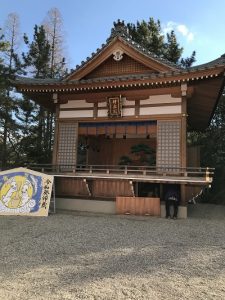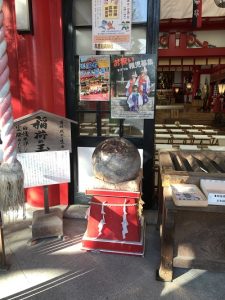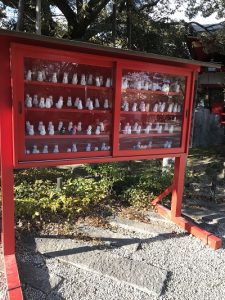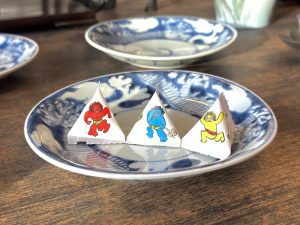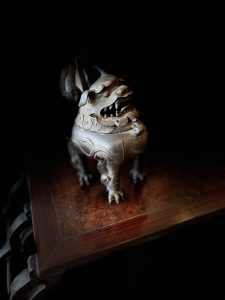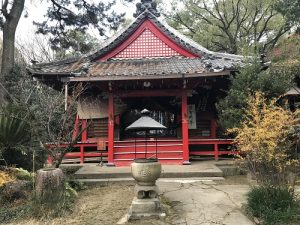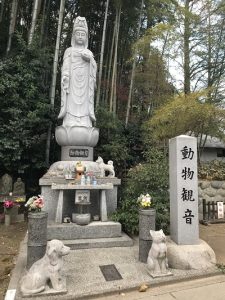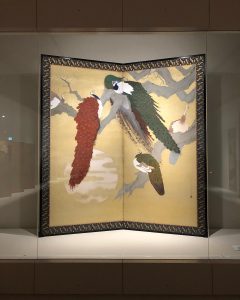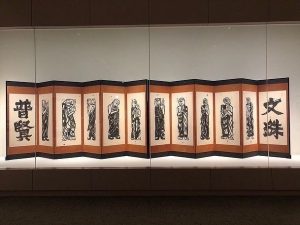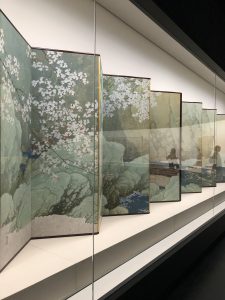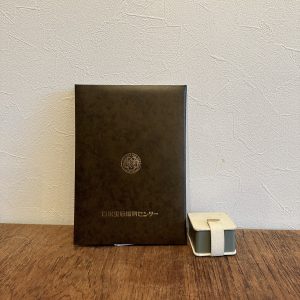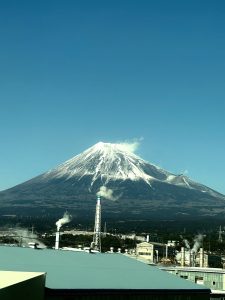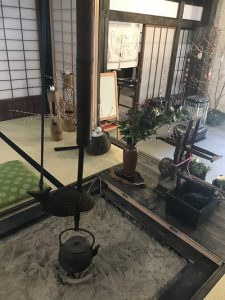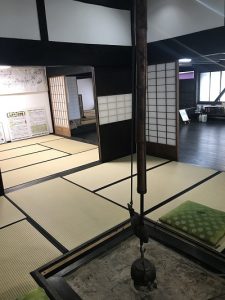手相をみてもらいました(愛知県名古屋市千種区姫池通 骨董買取 古美術風光舎)
2023.02.05
皆さま、こんにちは。スタッフMです。

先日、人生初めて占いに行ってまいりました。
名古屋在住の方はご存知の方もいらっしゃるかもしれませんが、大須にございます「桃源院」にて手相をみてもらいました。
桃源院では主に手相を中心に、恋愛、仕事、健康、金運などの運勢を占っていただけるということで、私もしっかりお話聞いてきたのですが、手相をみてすぐ適格にいろいろ言い当てられて人生初の占いは少し驚きと動揺が隠せませんでした(笑)
手相の歴史を少し調べてみたところ、約4000年以上前のインドが発祥と言われ、中国、チベット、エジプト、ペルシャ、ギリシャ、イスラエルなどのヨーロッパに伝わり、日本に伝わりました。
古代ギリシャの数学哲学者で有名なピタゴラスがインドに渡り、様々な学問や手相を学んだのち弟子に伝えられたとされています。
8世紀末、日本では平安時代になると中国から易学と一緒に手相が伝わり当時の権力者と弟子たちのみで盛んだったと言われています。
江戸時代末期には水野南北により手相の指南書である南北相法が世に出て手相占いの教科書とされたそうです。
そのころにはもう日本でも手相占いが一般化され大衆に広がったと言われています。
そして私が想像していた手相とは、手のひらを細かくみてもらい占ってもらうと思っていたのですが、手のひら含め、爪や指紋、指の形状や、指の関節や手のひらの弾力や質感など総合的にみて判断していくということも今回初めて知りました。
そして手の線については様々な名称があり、よく知られているのは生命線や結婚線、頭脳線や感情線などが挙げられますが、他にもユーモア線や、向上線、旅行線、影響線、人気線などもあり、その事柄についての運勢や現在の状態、今後起こりうることなども教えていただいて終始興味津々でした。
基本的に占いは自分の良いようにしか捉えないタイプですが、それでも今年は少し慎重に言われたことを思い出しながら行動していきたいなと思います。

Hello everyone. This is staff M.
The other day, I went to fortune telling for the first time in my life. If you live in Nagoya, you may know, but I had my palm read at “Togen-in” in Osu.
At Tougen-in, you can tell fortunes about love, work, health, financial fortunes, etc., mainly by palm reading, so I listened carefully, and when I saw the palm reading, I was able to guess various things right away. My first fortune-telling was a bit of a surprise and I couldn’t hide my turmoil.
After doing some research into the history of palm reading, it is said that it originated in India more than 4,000 years ago, and then spread to China, Tibet, Egypt, Persia, Greece, Israel, and other European countries, and then to Japan. It is said that Pythagoras, a famous philosopher of mathematics in ancient Greece, traveled to India and passed it on to his disciples after learning various subjects and palmistry.
It is said that at the end of the 8th century, during the Heian period in Japan, palm reading was introduced from China along with the study of divination, and it was popular only with the rulers and disciples of that time. At the end of the Edo period, Namboku Soho, a palmistry guide, was published by Nanboku Mizuno and became a textbook for palmistry. It is said that by that time, palmistry had already become commonplace in Japan and had spread to the masses.
And the palmistry that I imagined was that I would have you look at your palm in detail and fortune-telling. I also learned for the first time that I will make a judgment by looking at it objectively. There are various names for the lines of the hand, well-known are the life line, the marriage line, the head line and the heart line, but there are also other lines such as the humor line, the upward line, the travel line, and the influence line. There are lines, popular lines, etc., and I was very interested from beginning to end because I was told about the fortune, current state, and what could happen in the future.
Basically, I’m the type who only perceives fortune-telling as my own good, but I would like to act while remembering what I was told a little more carefully this year.
********************
ご実家の整理やお片付けなどをされている方のご相談などが多くございます。
お寒くなってまいりましたので、お片付けなどくれぐれもご無理のないようになさってくださいませ。
風光舎では古美術品や骨董品の他にも絵画や宝石、趣味のお品など様々なジャンルのものを買受しております。
お片付けをされていて、こういうものでもいいのかしらと迷われているものでも、どうぞお気軽にご相談下さいませ。
また風光舎は、出張買取も強化しております。ご近所はもちろん、愛知県内、岐阜県、三重県その他の県へも出張いたします。
まずは、お電話お待ちしております。
愛知県名古屋市千種区姫池通
骨董 買取【古美術 風光舎 名古屋店】
TEL052(734)8444
10:00-17:00 OPEN
#骨董#高価買取#古い物#家じまい#古美術#生前整理#占い#手相

